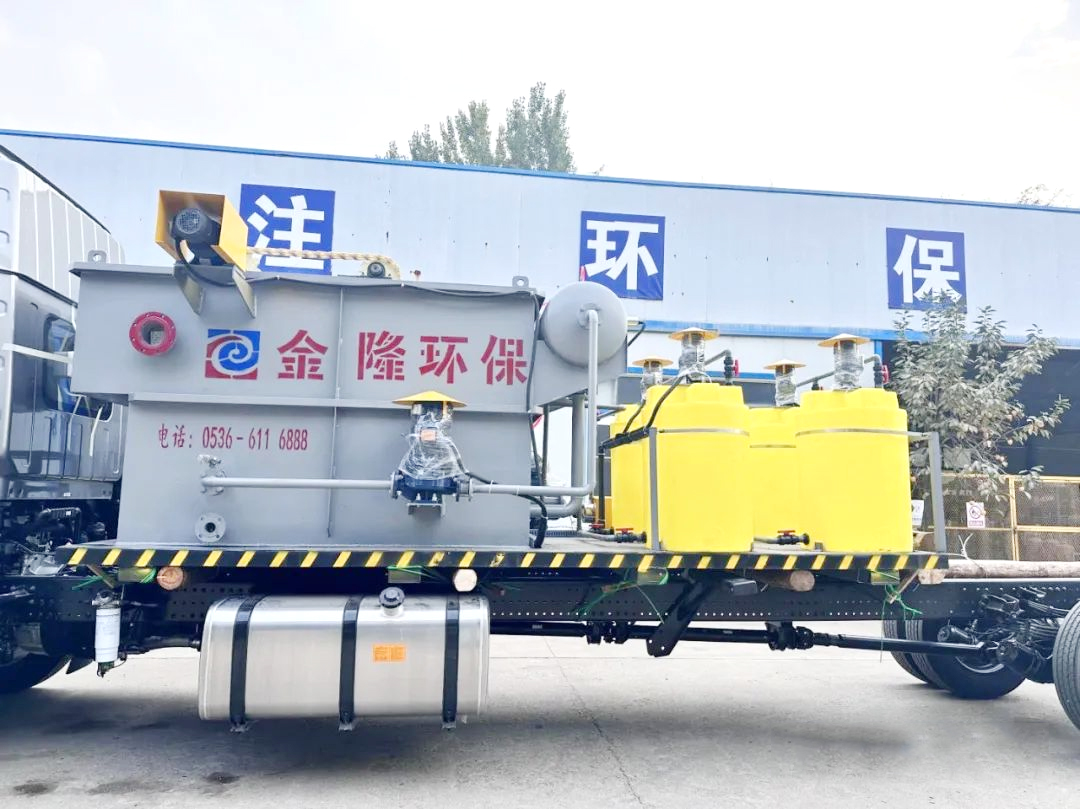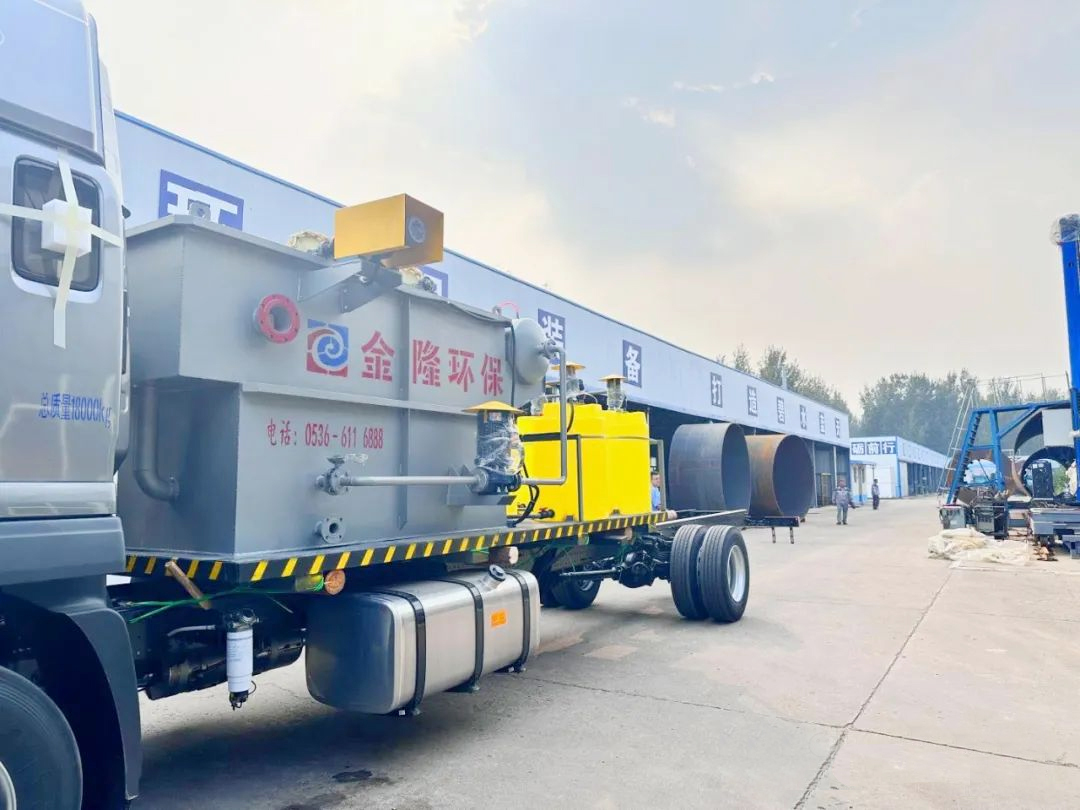
The application of tableware cleaning and disinfection wastewater treatment equipment in washing plant wastewater treatment. The wastewater from the tableware cleaning and disinfection center mainly comes from the tableware cleaning process. After cleaning, rinsing, and disinfection, the wastewater contains a large amount of food residues, animal and vegetable oils, detergents, inorganic salts, etc. The wastewater contains a large amount of organic matter and is prone to decay. If not treated in a timely manner, it will produce a great odor and cause harm to nearby environmental water bodies. It is necessary to start from the source of the production process and reduce the total discharge of sewage and pollutants in order to achieve the goals of simplicity, practicality, technical economy, low operating costs, and standard discharge.
The wastewater from cleaning tableware contains grease, kitchen waste, which is relatively turbid and sometimes has a deep color. The current wastewater treatment processes mainly include air flotation coagulation removal, biochemical treatment, membrane treatment, and for centralized tableware cleaning wastewater. Although the use of biochemical treatment processes has lower operating costs, there are also requirements for the water temperature of the wastewater. The membrane treatment process has an ideal treatment effect. Based on the characteristics of centralized tableware cleaning wastewater, Choosing an air flotation and biochemical treatment process is better. The characteristics of this process are stable treatment effect and low equipment investment cost.
1. The air flotation treatment adopts the dissolved air flotation method:
The pre-treatment adopts air flotation treatment, and the air flotation treatment uses a dissolved air flotation machine.
After the dosing reaction, the sewage enters the mixing zone of air flotation and comes into contact with the released dissolved water, causing the flocs to adhere to fine bubbles and then enter the air flotation zone. Under the action of air buoyancy, the flocs float towards the water surface to form scum. The clean water in the lower layer flows to the clean water tank through a water collector, and a part of it flows back for dissolved gas use. The remaining clean water flows out through the overflow port. After the floating slag on the water surface of the air flotation tank accumulates to a certain thickness, it is scraped into the air flotation sludge tank by a foam scraper and discharged.
2. Biochemical treatment
After the pre-treatment of the sewage well in the cleaning workshop, it is collected in the integrated sewage treatment equipment. The organic matter concentration in the sewage is high, and the microorganisms are in a state of hypoxia. At this time, the microorganisms are weakly alkaline bacterial groups, which transform and decompose the organic matter in the sewage as electron donors for micro hydrolysis. Due to the high content of suspended solids in wastewater, it is necessary to undergo pre-treatment before entering the biochemical unit to remove most of the suspended solids, reduce the treatment load of the biological unit, and improve treatment efficiency. A large amount of activated sludge is cultivated in the biological unit, which is rich in aerobic microbial communities. Organic matter is decomposed into CO2 as a carbon source, and the microbial community converts NH-N in wastewater into NO-N. Through biological action, organic pollutants are removed, thereby meeting the emission standards set by the national environmental protection department.

Characteristics of tableware disinfection sewage treatment equipment
1. The air flotation device is an integrated equipment that integrates the reactor, tank, gas tank, and gas pump. Greatly saving space, using semi enclosed or fully enclosed operation, fully automated operation, and very simple operation management.
2. Air flotation device, based on the characteristics of air flotation technology, an advanced tubular mixing reactor has been designed to quickly complete mixing and reaction through pipelines. At the same time, some dissolved water is directly added to the reactor, and microbubbles participate in the reaction condensation to produce "copolymerization", which makes the gas float grow rapidly and also become more stable. From the practical application effect, this method not only saves reagents, but also makes the mixed reaction effect more ideal.
3. This equipment is a device that integrates processes such as biodegradation, sewage settling, and oxidative degradation. The equipment has a compact structure and occupies less land
4. It can be buried or placed on the ground according to the site conditions, with the advantages of economic operation, strong resistance to impact concentration, high processing efficiency, and has achieved good operating results in tableware disinfection enterprises.
5. The equipment is developed for wastewater treatment in the tableware disinfection industry, using biological processes to purify water without generating secondary pollution sources, and the treated water meets national discharge standards.
Post time: Feb-23-2024